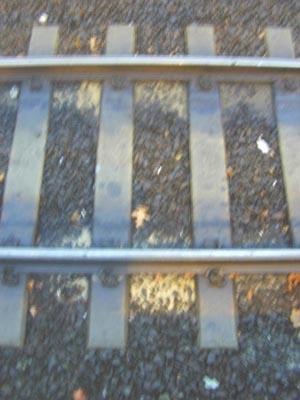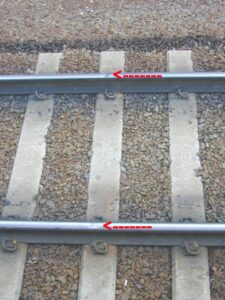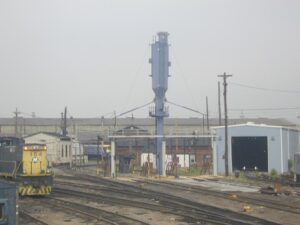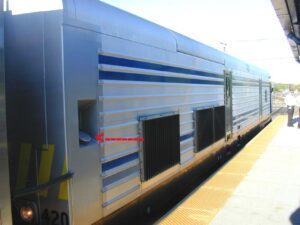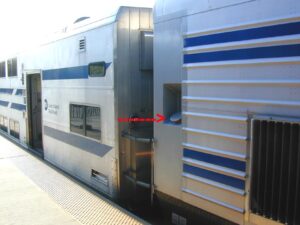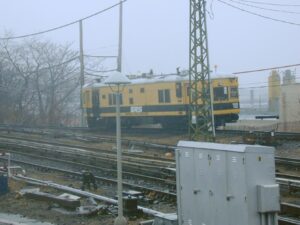The Longest Day Part 3
By Bob Mintz
The last time we platformed, I asked if anyone knew what that material was in between the rails.
Lionel and American Flyer made many operating accessories using loads such as lumber, gasoline, oil, coal, ore, water, missiles, airplanes, helicopters, piggyback trucks, intermodal containers, railroad ties, barrels, culverts, passenger luggage, mail, merchandise containers, ice, freight crates, refreshments, grain, diesel fuel, nuclear waste, horses, cattle, giraffes, even Bosco and newspapers.
Perhaps the # 6827-100 Harnischfeger shovel or the # 6828-100 Harnischfeger crane may have excavated it. During the years 1976-79, # 2175 Sandy Andy, a manual Gravel loader kit was made.
But other than having part of it in its’ name, I can’t recall anyone making anything using SAND!
Now living out in The Hamptons, one would expect to find sand all over the place, as we were voted the 8th best beach in the world. I recently found out why there is so much sand all over the streets miles away from the beach. It is because sand is absorbed into the air during the evaporation process, and when it rains, the sand is re-deposited everywhere.
So what does sand have to do with trains?
If you look closely at the red arrows in this photograph, you will see ruts in the rails. This was caused by the engine restarting after it stopped at a station or a red signal, and not getting enough traction to pull the cars, whether that be passenger or freight.
The rotating wheels cut a groove onto the top of the track, which is a maintenance of way nightmare as it causes the track to wear out prematurely or possibly cause it to fail eventually by splitting, creating a derailment.
Believe it or not, this is the only sanding tower owned by the Long Island Railroad. You will notice sand on the tracks at the base of the tower in this image taken at the Morris Park maintenance facility, slightly west of Jamaica Station, Queens New York.
Sand is deposited into tanks on diesel electric and dual mode diesel/electric (using either fuel or third rail shoes) engines by the red arrows shown in the photographs.
By accident, maintenance of way workers have been known to deposit cement-like materials in its place, with disastrous results.
So now perhaps one of our train manufacturers/importers will make a sanding accessory. Only the passing of the sands of time will tell.
Our next installment will discuss this strange looking self-propelled unit seen here hiding on a passing track at Jamaica Station. The only clues that I will give to this train-teaser is that the predecessor companies of this train introduced the first commercially viable typewriters, adding machines, and the world’s first business computer named UNIVAC.

